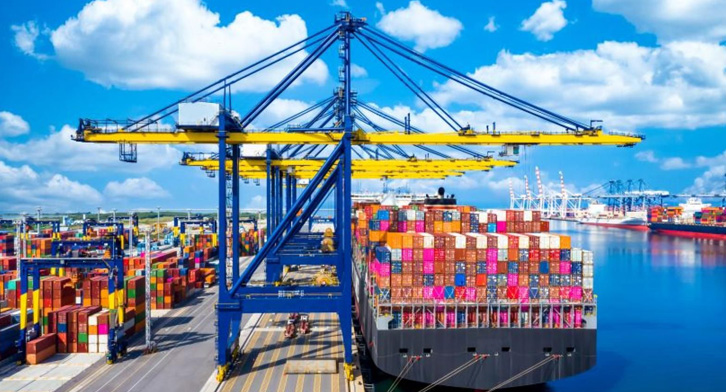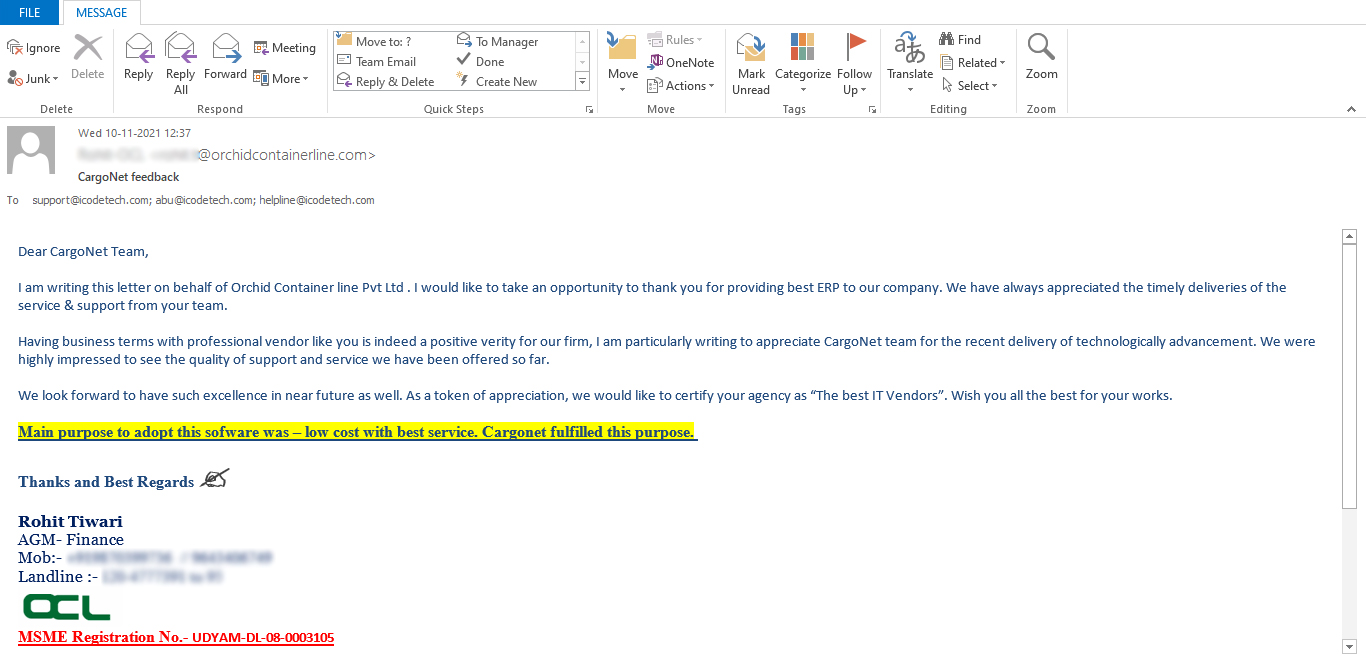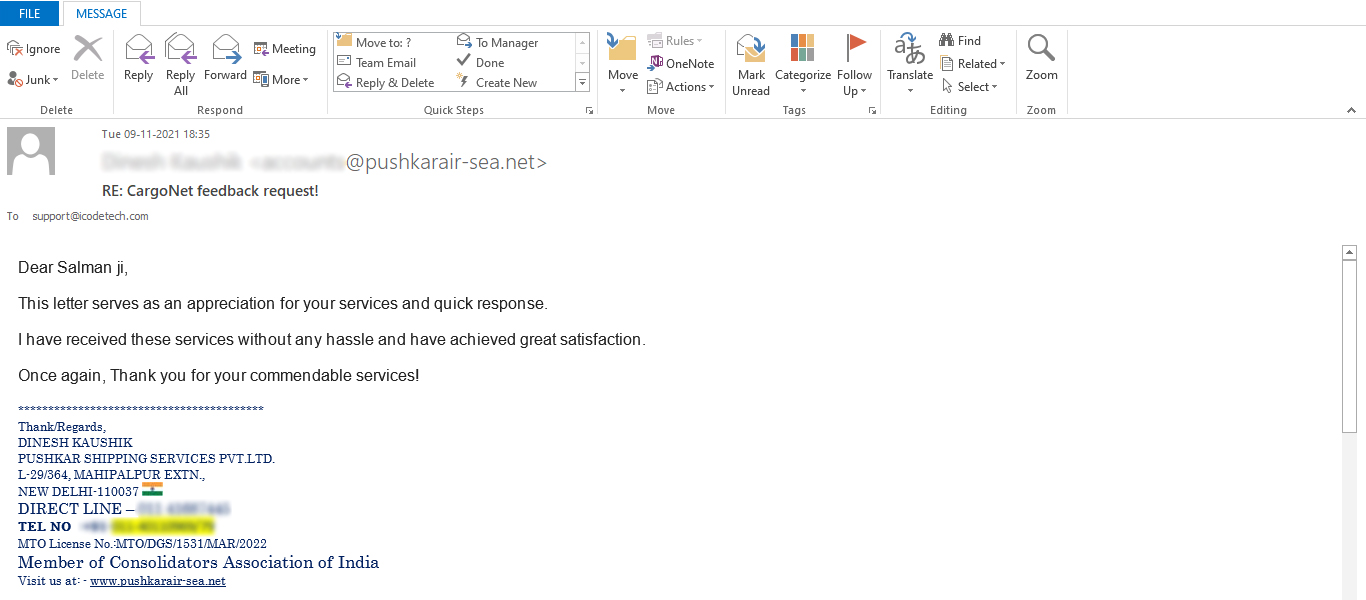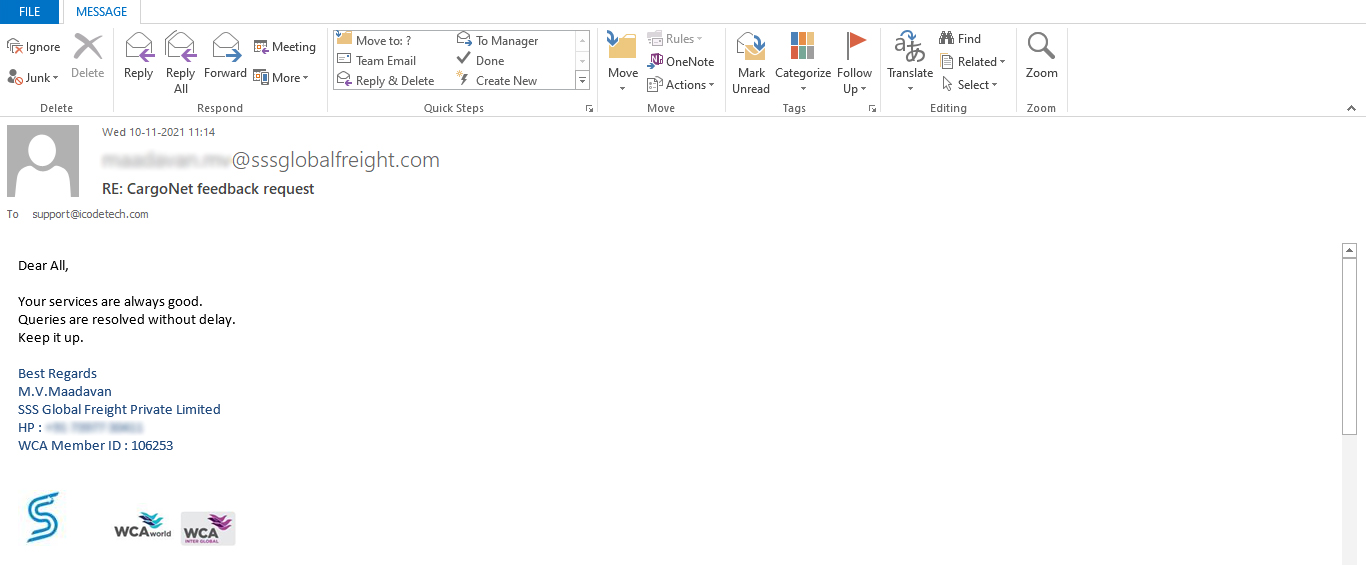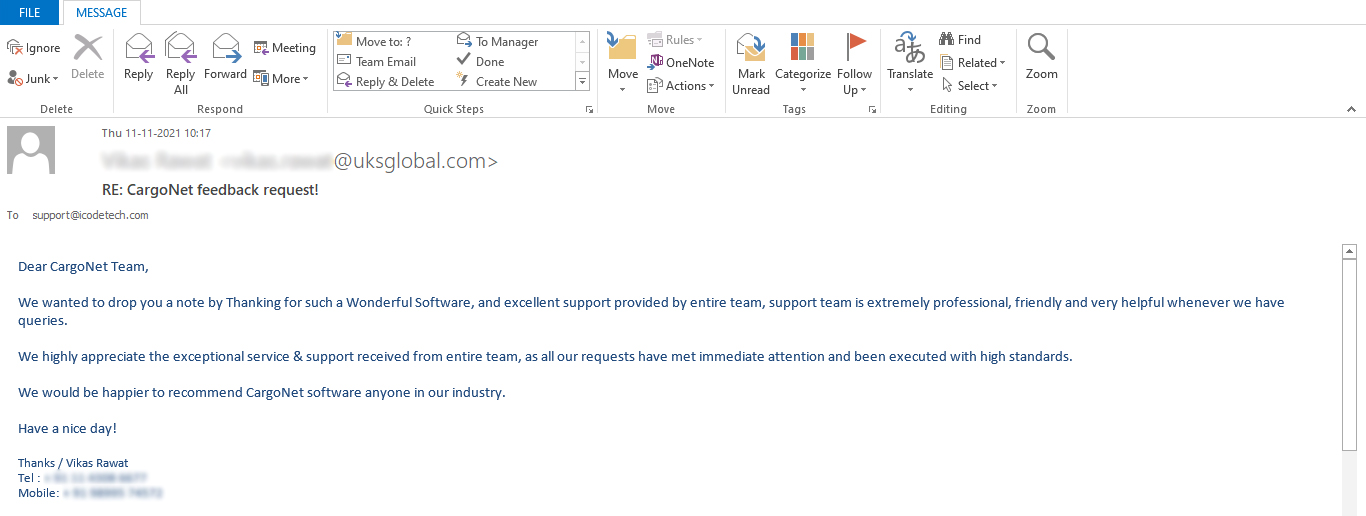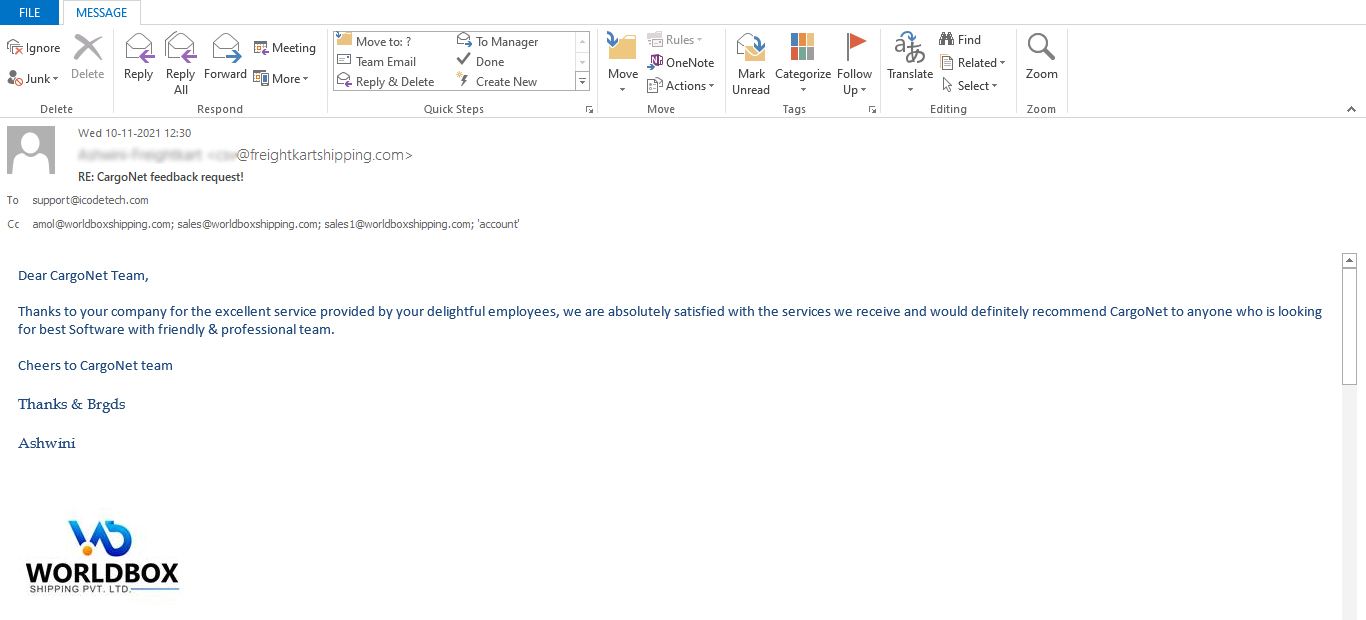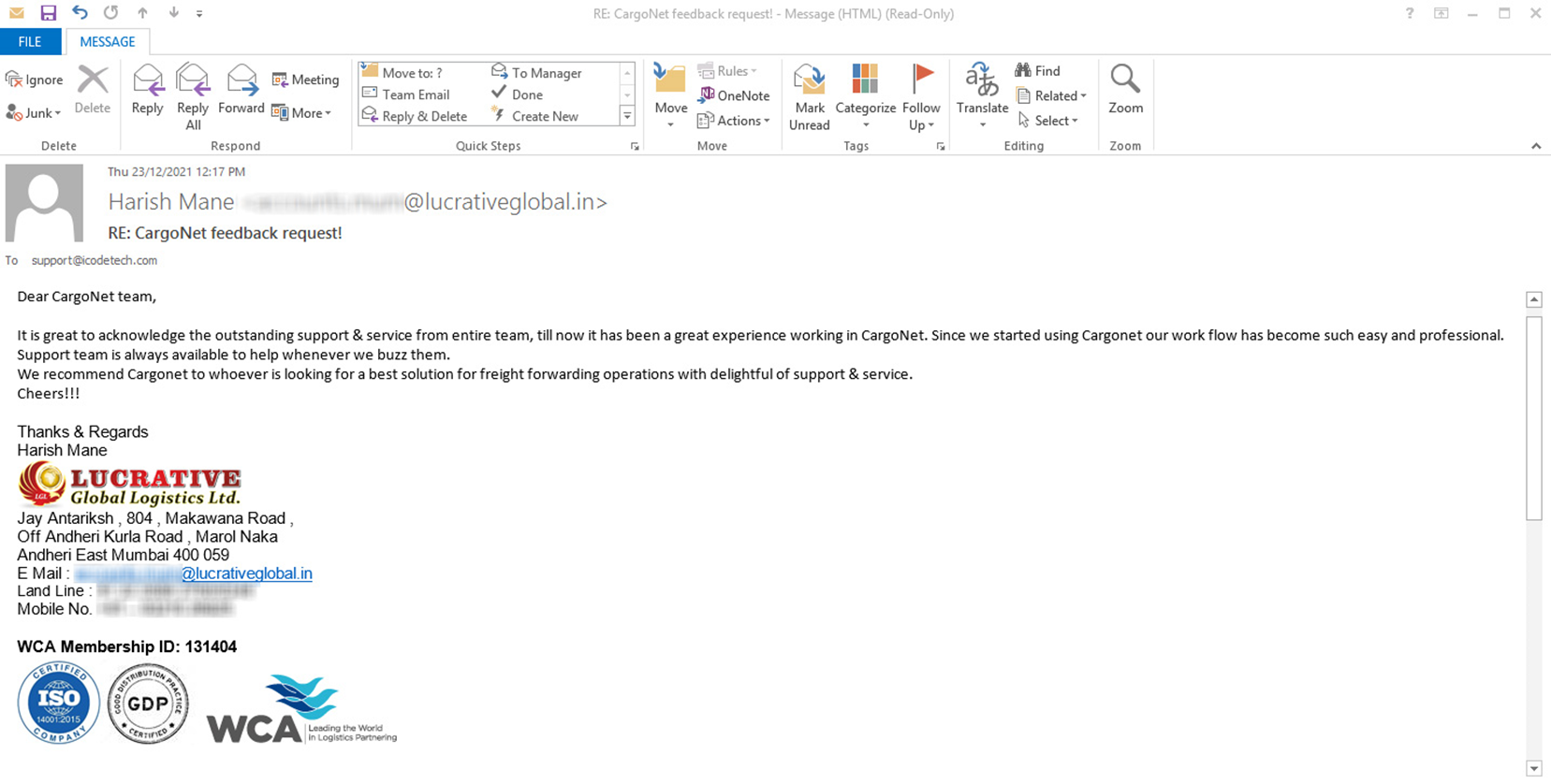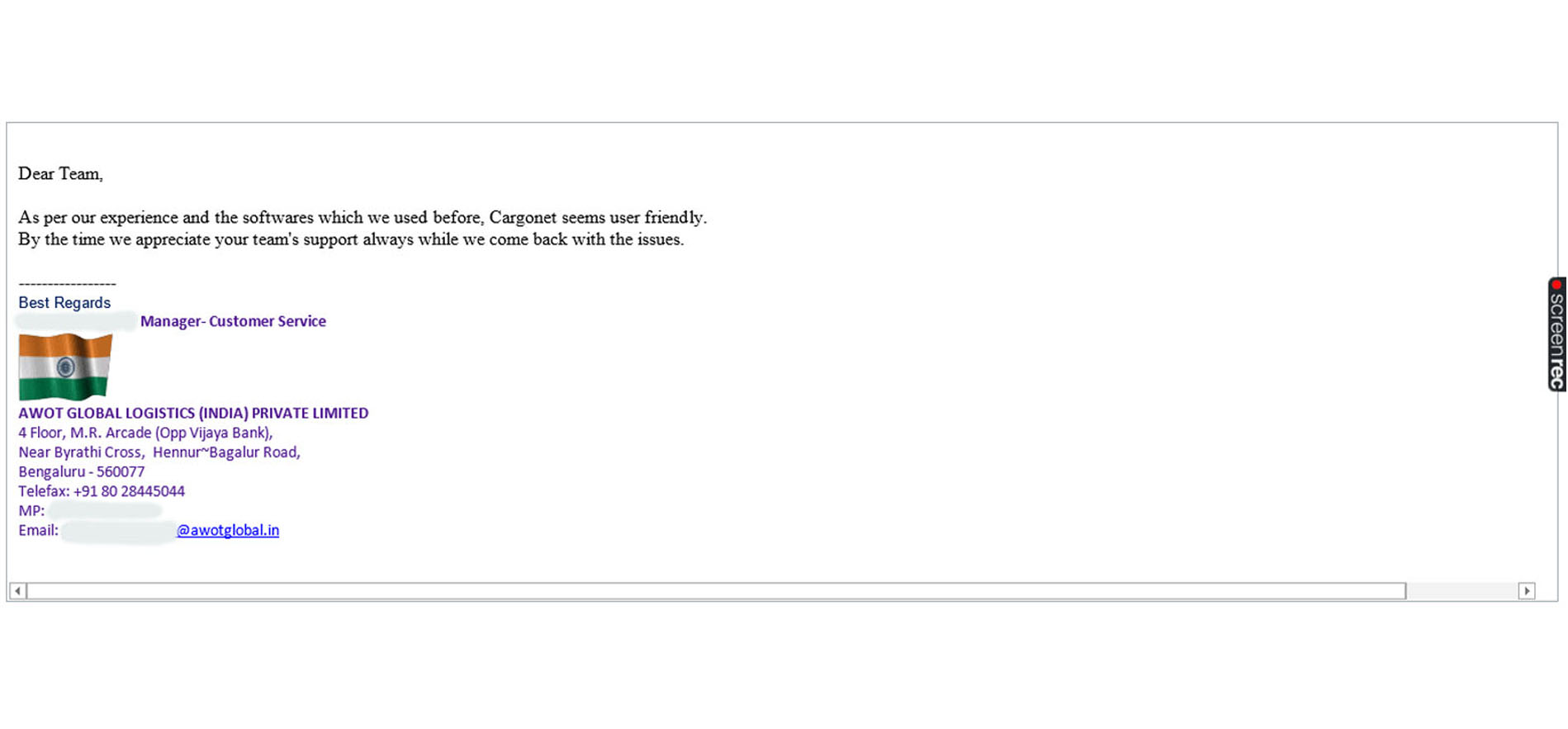In today’s interconnected world, where businesses operate on a global scale and supply chains span continents, logistics plays a crucial role in the success of any organization. However, managing complex and ever-expanding supply chains has become a formidable challenge. This is where the power of freight data visibility comes into play, revolutionizing the logistics industry and paving the way for a more efficient and responsive future.
What is freight data visibility?
Freight data visibility refers to the ability to track, monitor, and analyze the movement of goods throughout the supply chain in real-time. It encompasses a range of technologies and processes that enable businesses to gain comprehensive insight into the entire logistics process, from procurement to final delivery.
The 4 components of freight data visibility
1. Tracking technologies
The foundation of freight data visibility lies in advanced tracking technologies. These include GPS devices, RFID tags, and sensors that can be placed on shipments, containers, or vehicles to collect data on their location, temperature, humidity, and other relevant factors.
2. Data collection and analysis
Collecting and analyzing data is essential for deriving meaningful insights from freight operations. This involves capturing information from various sources, such as transportation systems, warehouses, and suppliers, and utilizing sophisticated analytics tools to make sense of the data.
3. Real-time monitoring
Real-time monitoring enables businesses to have up-to-the-minute visibility into the status and location of shipments. By integrating tracking devices with central monitoring systems, companies can receive instant notifications and alerts regarding any delays, deviations, or potential issues.
4. Collaborative platforms
Effective freight data visibility requires collaboration and information sharing among different stakeholders in the supply chain. Collaborative platforms provide a centralized hub where participants can exchange data, communicate, and coordinate their activities to ensure smooth and efficient operations.
The benefits of freight data visibility
Enhanced supply chain transparency
1. Real-time tracking of shipments
EWith freight data visibility, businesses can track their shipments in real-time, knowing precisely where their goods are at any given moment. This enables them to provide accurate and reliable information to customers, reducing uncertainties and enhancing trust.
2. Improved visibility into inventory levels
By having a clear view of inventory levels throughout the supply chain, companies can better manage stock levels, avoid stockouts, and optimize replenishment processes. This leads to improved inventory turnover, reduced carrying costs, and better overall inventory management.
3. Identification of bottlenecks and inefficiencies
Freight data visibility allows businesses to identify bottlenecks and inefficiencies in their supply chain. By analyzing data on transportation routes, transit times, and order processing, companies can pinpoint areas for improvement, streamline operations, and reduce costs.
Operational efficiency and cost savings
1. Optimal routing and scheduling
With access to real-time data, businesses can optimize routing and scheduling decisions. They can leverage information on traffic conditions, weather forecasts, and other variables to choose the most efficient routes, reduce fuel consumption, and minimize delivery times.
2. Reduction of delays and disruptions
By closely monitoring shipments and being alerted to any potential delays or disruptions, companies can take proactive measures to mitigate risks and avoid costly setbacks. This includes rerouting shipments, reallocating resources, or communicating with customers to manage expectations.
3. Improved resource allocation
By closely monitoring shipments Freight data visibility enables companies to allocate resources more effectively. By analyzing historical data and demand patterns, businesses can anticipate peak periods, adjust staffing levels, and optimize the allocation of vehicles and equipment, ultimately improving operational efficiency.
Customer satisfaction and service quality
1. Accurate delivery estimates and notifications
Through freight data visibility, businesses can provide customers with accurate delivery estimates and notifications. Customers can track their shipments, receive real-time updates, and have a clear understanding of when to expect their goods, leading to higher customer satisfaction and loyalty.
2. Proactive issue resolution
When issues arise during transit, freight data visibility allows companies to respond proactively. By identifying potential problems in advance, businesses can take immediate action to resolve issues, communicate updates to customers, and maintain a high level of service quality.
3. Improved communication with customers
Effective communication is key to customer satisfaction. Freight data visibility empowers companies to keep customers informed at every step of the logistics process. From order confirmation to delivery confirmation, businesses can enhance communication channels, ensuring transparency and building trust.
How freight data visibility is transforming logistics
1. Predictive analytics and demand forecasting
Freight data visibility, coupled with predictive analytics, enables businesses to forecast demand more accurately. By analyzing historical data, market trends, and other relevant factors, companies can make data-driven decisions regarding inventory levels, transportation capacity, and resource allocation.
2. Automation and artificial intelligence
Automation and artificial intelligence (AI) technologies are revolutionizing logistics. Freight data visibility serves as the foundation for intelligent automation, enabling tasks such as route optimization, load balancing, and predictive maintenance. AI-powered algorithms can analyze vast amounts of data and provide actionable insights to drive operational efficiency.





